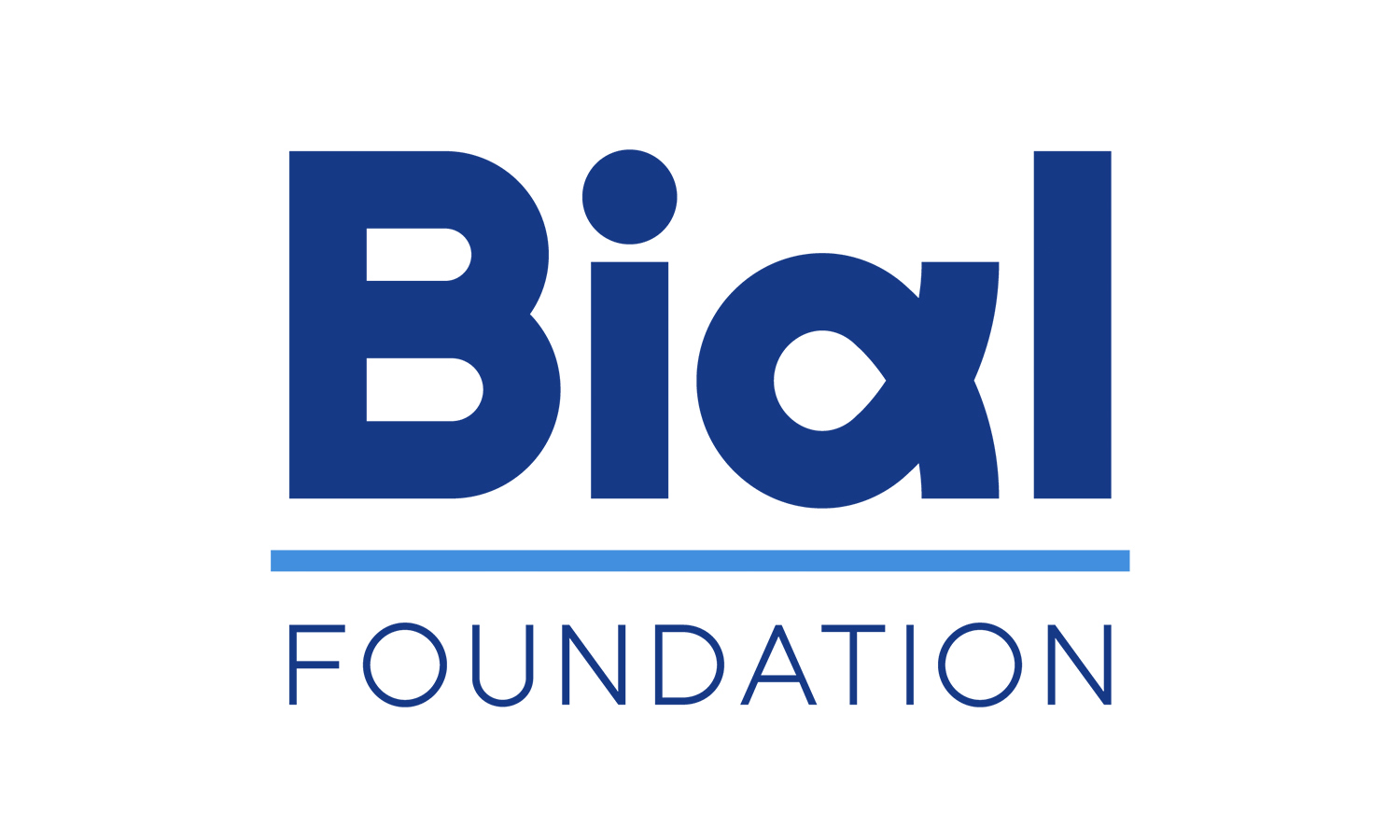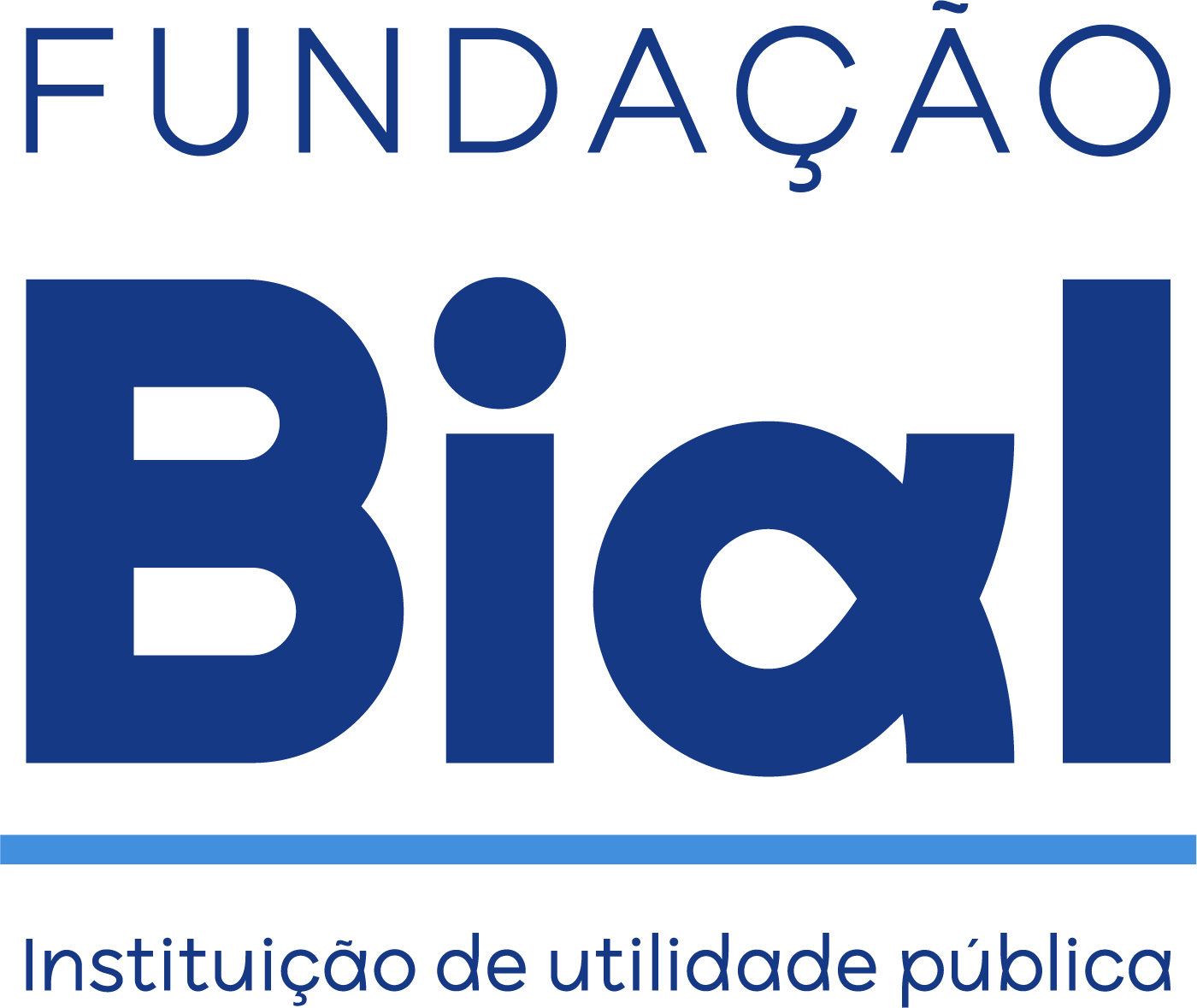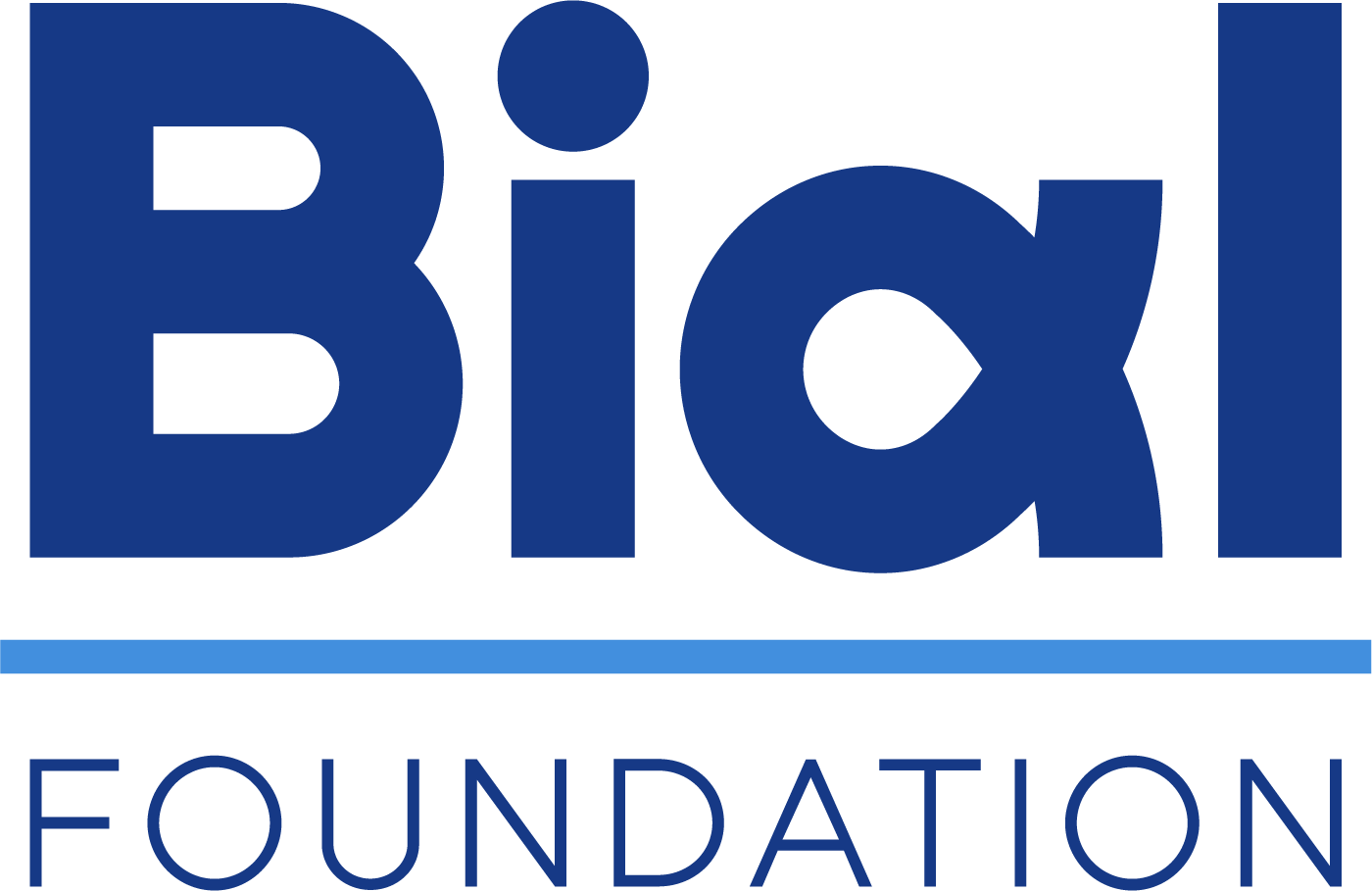News
- Science Stories
- Highlights
- Looking for collaboration
- Helpful links
- Logos
Science Stories
It is our mission being accomplished. Since 1994, the Bial Foundation has approved for funding 946 projects, involving around 1900 researchers from 31 countries. There are three decades of support to Scientific Research Projects oriented toward the neurophysiological and mental study of the human being, in the areas of Psychophysiology and Parapsychology.
Discover the stories behind the science.
Science Stories

Can gratitude buffer the negative effects of stress?
Researchers found that gratitude has a unique stress-buffering effect on both reactions to and recovery from acute psychological stress.

Do mood fluctuations impact confidence in decision-making?
Study reveals that in the healthy adult population, fluctuations of mood do not interfere with confidence in decision-making.

Relationship between sleep bruxism, insomnia and anxiety
Researchers concluded that, although sleep bruxism has no direct association with insomnia, anxiety may act as a bridging factor between these complaints.

Can IQ and socioeconomic status interfere with children's reading fluency?
Researchers found that Intelligence Quotient (IQ) plays no role with reading fluency deficits in children, unlike socioeconomic status.
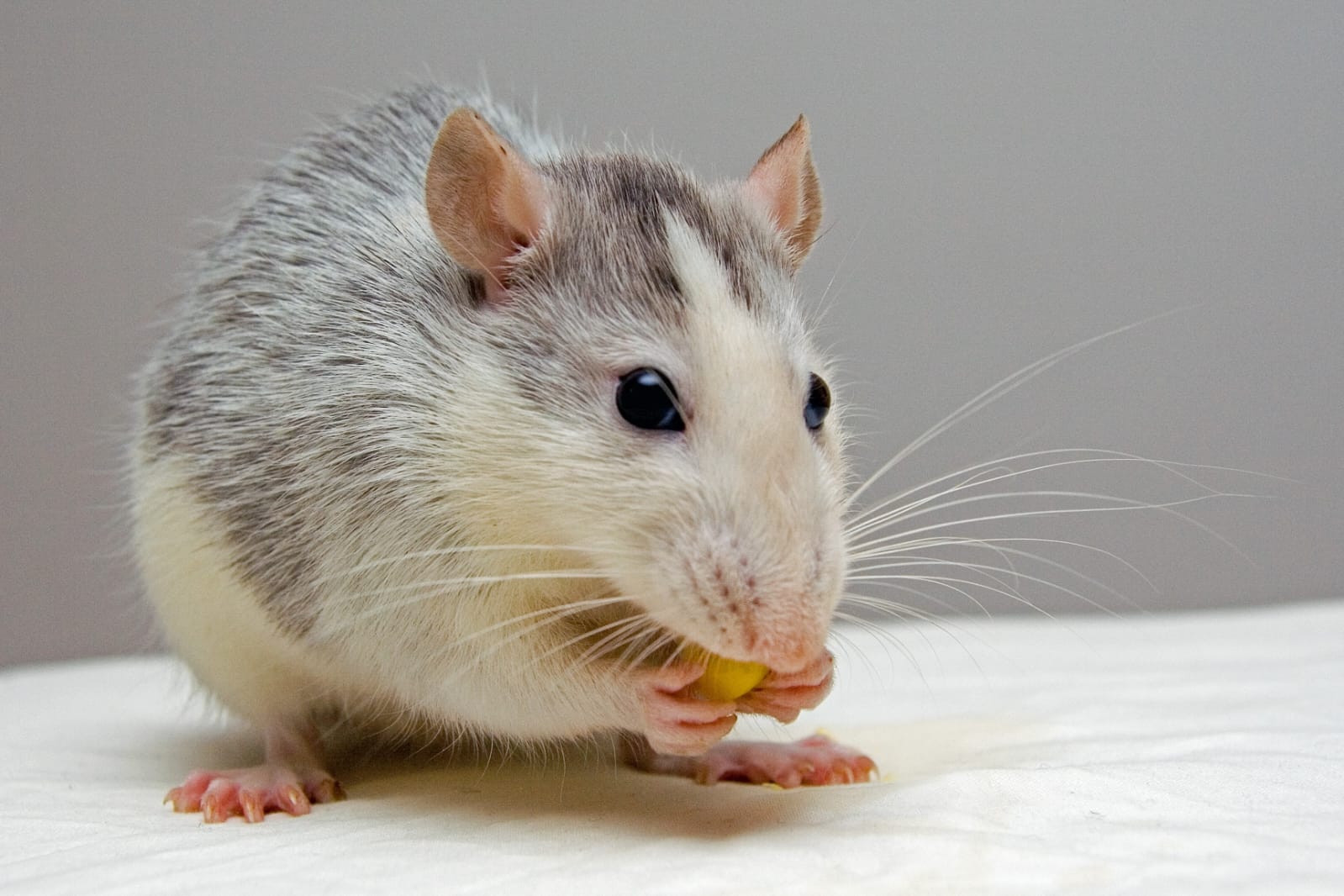
Do rats recognize musical melodies like humans?
Study reveals that rats showed sensitivity to track harmonic and temporal patterns in music and such sensitivities might be shared across species.

Evening people show enhanced fear acquisition, which may increase the risk to develop anxiety
Researchers resorted to the classic Pavlovian paradigm of fear conditioning to study the association between chronotype and fear responses in healthy humans.
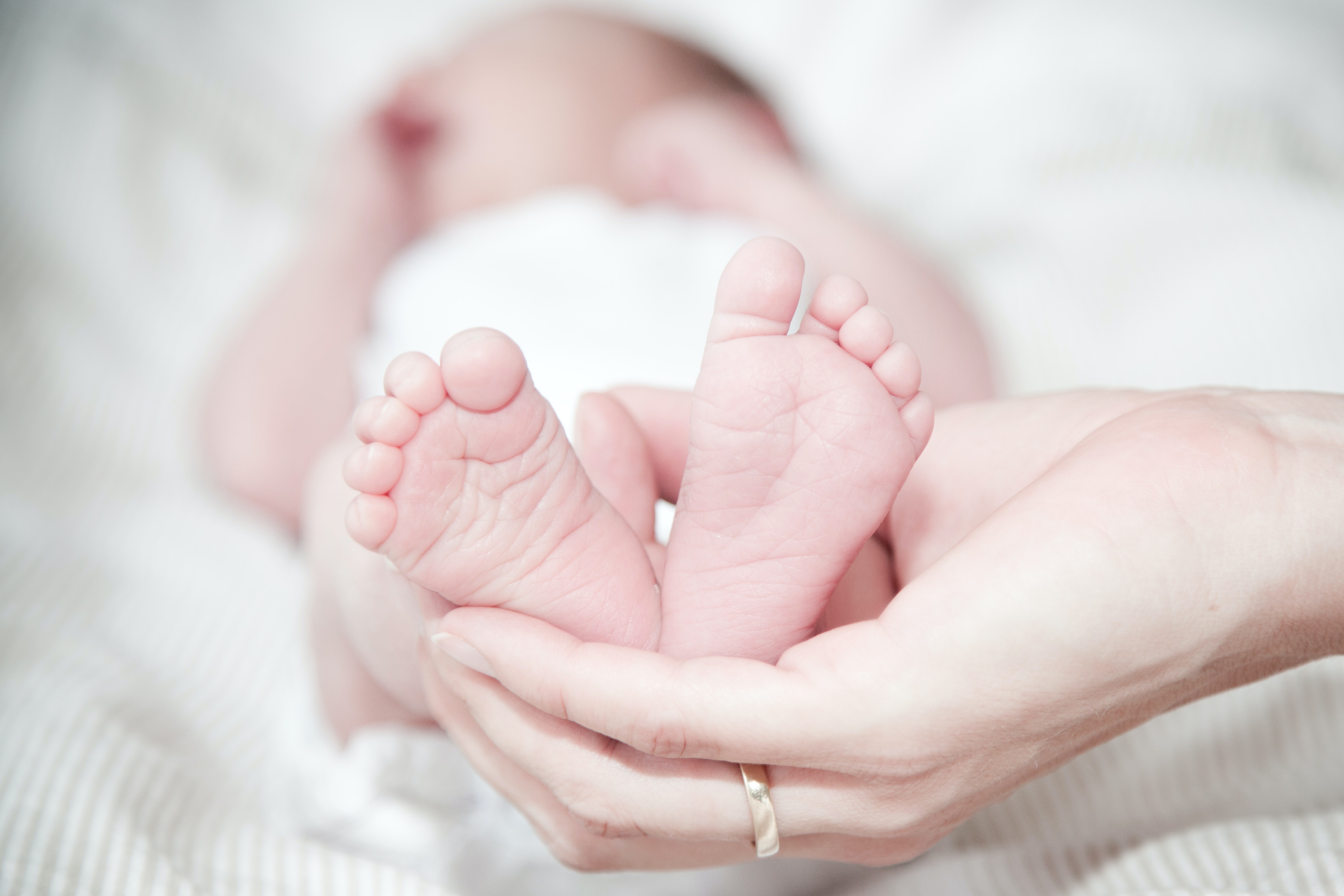
Newborn hearing analysis can predict neurophysiological development at 12 months
Study shows an association between auditory processing and developmental outcomes in infants, crucial for the early detection of neurodevelopmental disorders.
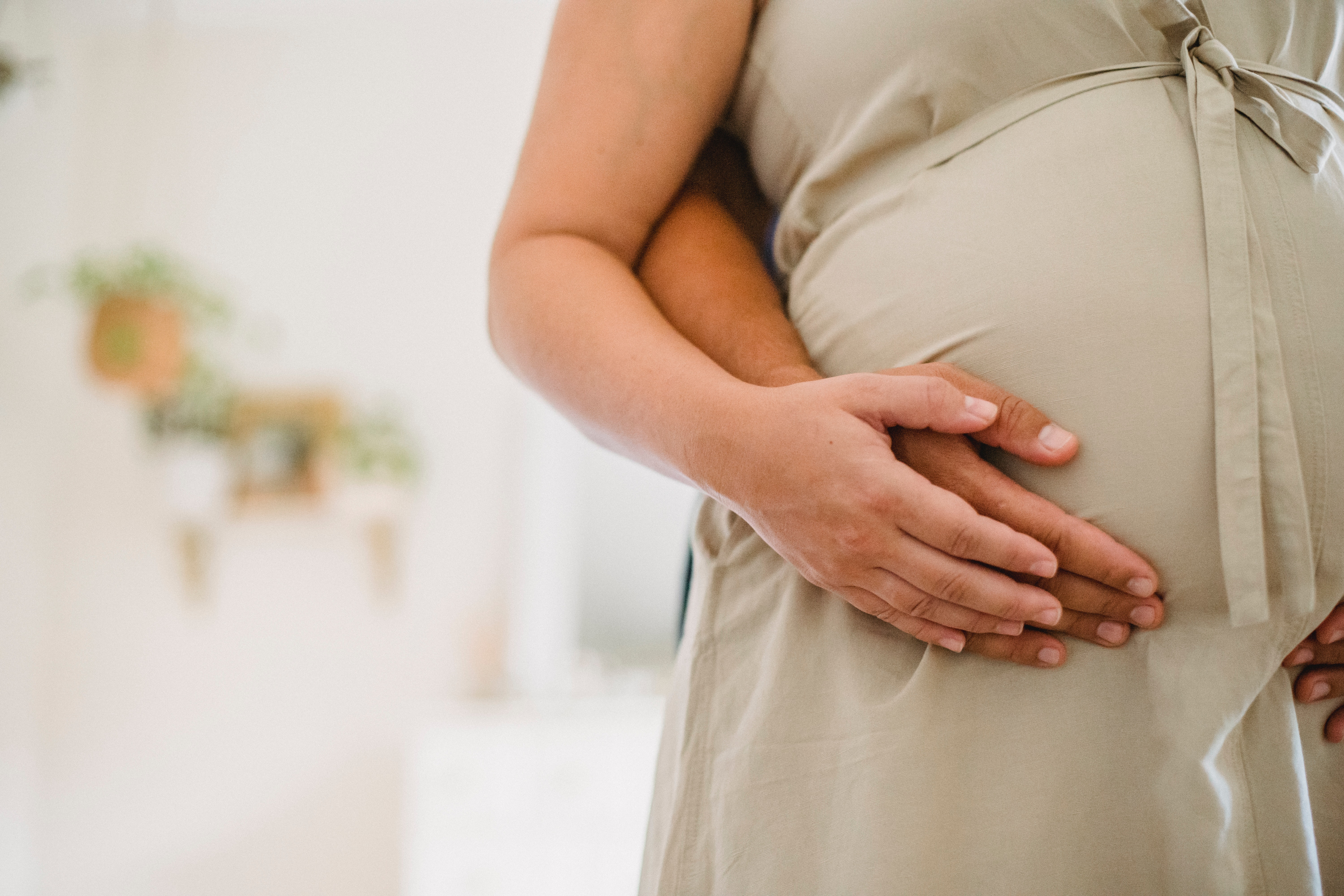
Do expectant fathers and mothers experience pregnancy differently?
A study has shown that there are neural and psychological differences between men and women during pregnancy.

Can we self-regulate our brain through training?
A study of neurofeedback reveals that the behavioural effects seem to be the same whether real or sham feedback is given.

Can highly superior autobiographic memory enhance creativity?
Constructive episodic processes relevant to creative thinking are not enhanced in individuals with highly superior autobiographical memory performance.

Do women show greater engagement for multitasking?
A study involving 167 UK participants showed that women believed to be consistently stronger on multitasking than men.

Does age change the dream recall?
Study reveals that there are no relevant differences between dream recall in young adults and in the elderly.
News
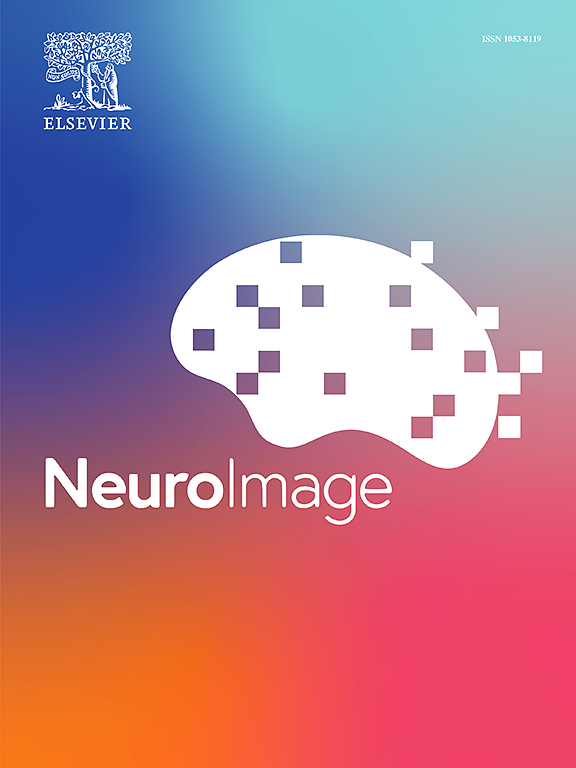
How do the Stages of Insight transform our mind?
Several contemplative traditions offer detailed maps to guide meditative progress towards enlightenment and liberation from psychological suffering, highlighting their potential to promote mental health and well-being. In Theravada Buddhism, one of these maps is known as the Stages of Insight (SoI), a comprehensive framework that describes meditative progress from the initial understanding of mind and matter to the reaching of Nirvana. This journey, experienced through advanced meditative practices, allows for a series of profound psychological transformations, such as changes in perception, self-experience, cognition, and emotional processing. An innovative study led by Matthew Sacchet used high-resolution functional magnetic resonance imaging (7T MRI) to explore brain activity during the SoI. The research team identified specific brain activity patterns associated with the SoI, different from non-meditative states. SoI deactivated regions related to self-processing (such as the medial prefrontal cortex) and activated regions associated with perception and awareness (such as the parietal and visual cortices). Additionally, the SoI were associated with changes in emotional states, such as greater peace and equanimity, characterized by self-transcendence and mental stability. In conclusion, these results suggest stronger awareness and perceptual sensitivity and acuity during the SoI, with positive implications for psychological well-being and opening new horizons for the understanding of advanced meditation. This study was supported by the BIAL Foundation, in the scope of the research project 99/20 - Beyond "mindfulness" and toward a modern science of meditative mastery and spiritual transformation, and published in the journal NeuroImage, in the article Deconstructing the self and reshaping perceptions: An intensive whole-brain 7T MRI case study of the stages of insight during advanced investigative insight meditation.

How does postingestive reward shape our choices?
Postingestive processes, which refer to the physiological and behavioural responses occurring after food intake, are crucial for regulating eating behaviour, influencing both the sensation of satiety and food preferences. The research team led by Albino Oliveira Maia investigated the impact of these processes on three distinct groups: healthy individuals, people with obesity, and post-bariatric surgery patients. Specifically, the study explored whether these effects occur through implicit (non-conscious) mechanisms and how the availability of dopamine D2 receptors in the brain is related to these processes. Using the flavour-nutrient conditioning (FNC) method, where the flavour of yogurt enriched with maltodextrin was associated with increased caloric content, it was observed that food preferences were influenced primarily through implicit consumption decisions rather than explicit assessments of flavour pleasantness ratings. In other words, the study demonstrated that FNC affected food choices without participants being consciously aware that they were preferring foods due to their association with nutritional value. This shift was observed in healthy individuals, people with obesity, and post-bariatric patients. Furthermore, people with obesity showed lower availability of dopamine D2 receptors, crucial in the brain's reward system. After bariatric surgery, particularly gastric bypass, there was an increase in receptor availability, which may be linked to improved feeding behavior regulation. These findings suggest that changes in the reward system may play a role in the surgery's effectiveness in reducing weight and modifying eating behaviours. This study was supported by the BIAL Foundation, in the scope of the research project 176/10 - Dopaminergic regulation of dietary learning in humans and rodents, and published in the journal PLOS BIOLOGY, in the article Postingestive reward acts through behavioral reinforcement and is conserved in obesity and after bariatric surgery.
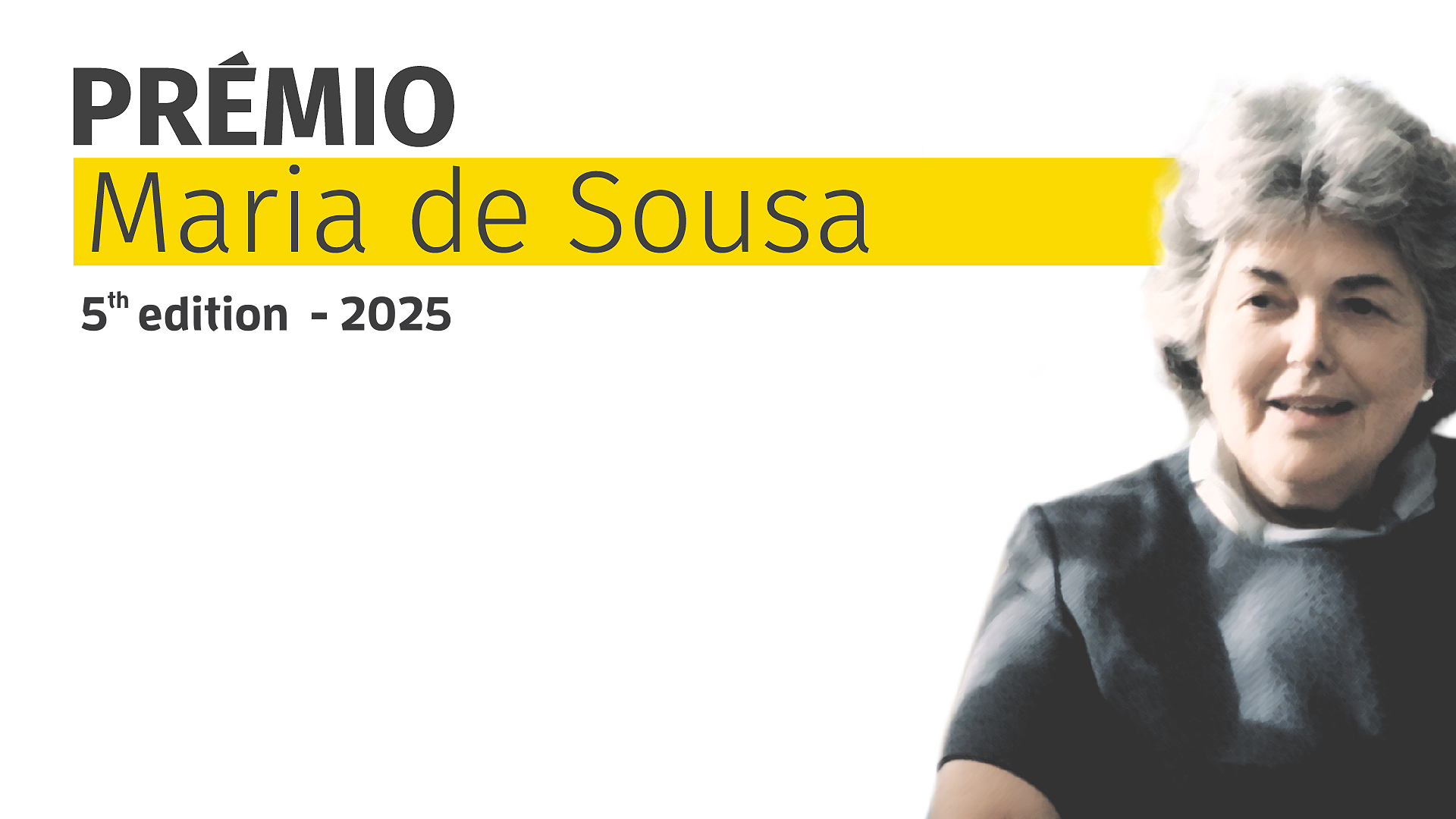
Maria de Sousa Award 5th edition - 2025: applications are open
Applications are now open for the Maria de Sousa Award 5th edition - 2025, promoted by the Portuguese Medical Association and the BIAL Foundation to honour the physician and great researcher Maria de Sousa. The deadline for applications is 31 May.
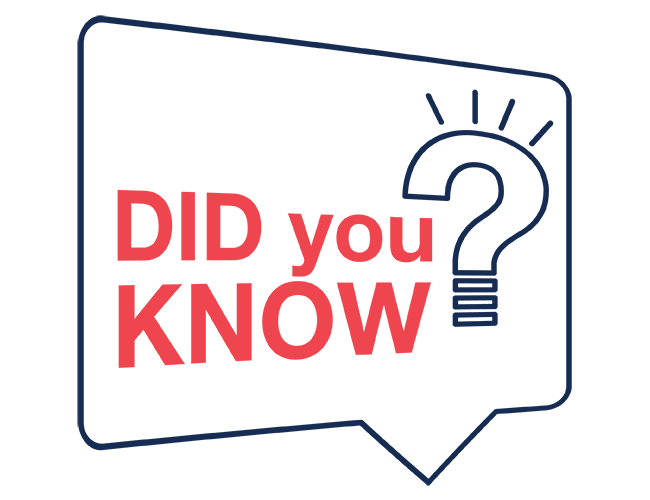
The BIAL Foundation has received 432 applications for the Grants Programme for Scientific Research
Did you know that the BIAL Foundation received 432 applications from 29 countries for the Grants Programme for Scientific Research 2024/2025, and 80 were approved?

BIAL Award in Biomedicine 2025 increases value to 350,000 euros and opens nominations
The fourth edition of the BIAL Foundation international award, the BIAL Award in Biomedicine, is underway, with nominations open until 30 June. This edition, with an increase in value to 350,000 euros, seeks to recognise work published in the broad biomedical field within the last ten years, the results of which are considered of exceptional quality and scientific relevance.
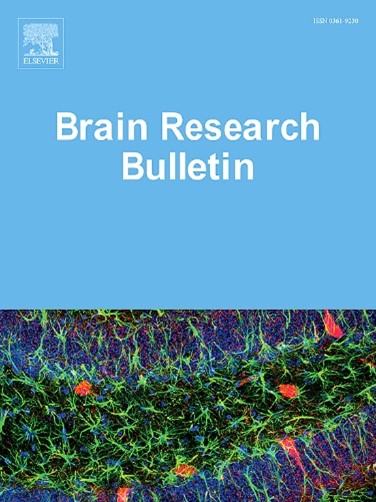
Do placebos work even when we know they're placebos?
Research has shown that placebo-related expectations are linked to activation changes in regions involved in attention and cognitive control (e.g., anterior cingulate cortex), as well as somatosensory integration (insula and parietal regions). However, these studies have typically used deceptive placebos presented as active treatments. To date, the effects of non-deceptive placebos, or open-label placebos (OLPs), that is patients are fully aware that they are not taking an active medication, have not been fully explored. Anne Schienle and Albert Wabnegger conducted an fMRI study to examine the effects of open-label placebos on emotional regulation, specifically in reducing feelings of disgust. Participants rated the expected effect of the OLPs before the experiment and evaluated the perceived effect after the experiment. Results indicated that when participants’ expectations concerning the OLP treatment were met, there was reduced brain activity in key brain areas, including the anterior cingulate cortex, insula, parietal regions, as well as parahippocampus. These areas are crucial for identifying meaningful stimuli and for evaluating both the emotional relevance and context of an experience. Thus, the decrease in activity in these areas suggests that when expectations are met, the brain processes the emotional salience and context of the stimulus more efficiently and with less intensity, contributing to emotional regulation. This study, published in the journal Brain Research Bulletin, in the paper Neural correlates of expected and perceived treatment efficacy concerning open-label placebos for reducing emotional distress, was supported by the BIAL Foundation, in the scope of the research project 03/22 - The power of imagination: Neural effects of imagined placebo intake.

Does belief in the paranormal make us more vulnerable to stress?
The idea that belief in the paranormal is associated with maladaptive psychological processes has been widely challenged by recent studies. These studies suggest that, in the absence of specific predispositions, such as high levels of transliminality (an increased sensitivity to internal and external stimuli) and traits associated with psychopathology (such as schizotypy and manic-depressive tendencies), the belief in the paranormal does not compromise psychological adjustment or well-being. However, it remains an open question whether different types of paranormal belief, namely Traditional Paranormal Belief (TPB, linked to cultural and social notions of control by supernatural forces) and New Age Philosophy (NAP, associated with more individual and spiritual concerns), can lead to variations in the way they influence the perception of well-being and psychological adjustment. In the scope of project 123/20 - A latent profile analysis and structural equation modelling of paranormal belief, psychopathological symptoms, and well-being, supported by the BIAL Foundation and led by Neil Dagnall, the research team conducted a study exploring whether TPB and NAP are differentially associated with perceived stress (a variable often used in studies in the field as an indicator of well-being). The results indicated that TPB was significantly associated with higher levels of distress and a reduced capacity for coping. In contrast, NAP showed no predictive association. These findings suggest that TPB may reflect a reduced perception of control over external factors, increasing susceptibility to stress, whereas NAP, due to its focus on more individual concerns, does not appear to contribute to these dynamics. Thus, understanding the functional differences between these beliefs is essential to addressing the psychological impact of belief in the paranormal. This study was published in the journal PLOS ONE, in the article Re-evaluation of the relationship between paranormal belief and perceived stress using statistical modelling.
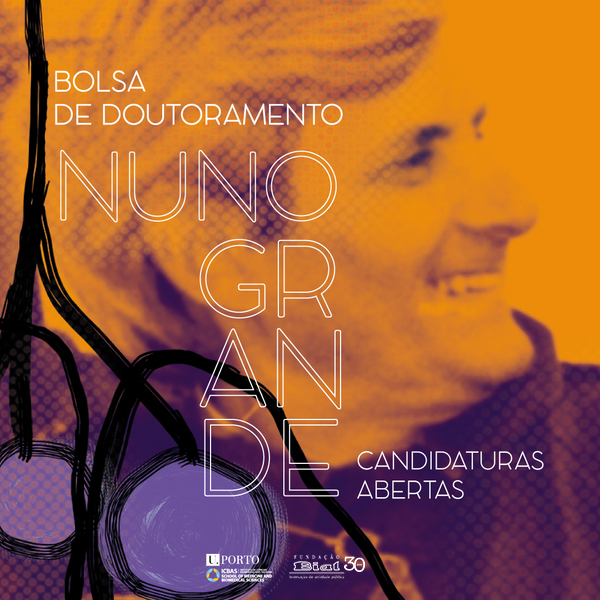
Nuno Grande Doctoral Scholarship 2024: applications are open
Applications are now open for the Nuno Grande Doctoral Scholarship 2024, worth €25,000. Candidates must, at the time of application submission, be enrolled in the Doctoral Program in Medical Sciences at the Abel Salazar Institute of Biomedical Sciences (ICBAS). The applications are open until January 17, 2025.

How do psychedelics influence social cognition?
Psychedelics have sparked interest as potential treatments for social cognition deficits commonly associated with the autism spectrum and social anxiety. Previous studies have shown that psychedelics modulate social processing by altering emotion recognition in facial expressions, joint attention in social interactions, perspective-taking, and empathy. The evidence suggests that the effect may be linked to their impact on social cognition networks. However, the exact mechanisms underlying this impact remain poorly understood. The research team led by Miguel Castelo-Branco conducted a pharmacological study investigating the effects of N,N-Dimethyltryptamine (psychedelic DMT) on functional connectivity in brain regions relevant to social cognition, using a within-subject design. The results supported the hypothesis that DMT induces changes in functional connectivity in brain regions relevant to social cognition, as well as in areas associated with emotion and affective value. Furthermore, changes in connectivity strength were correlated with increases in self-reported psychedelic effects. These correlations highlight the relationship between DMT’s neural effects on socioemotional circuits and subjective experiences. These findings offer insights into the effects of psychedelics on social behaviour, with implications for disorders like social anxiety and depression. Simultaneously, they suggest that increased connectivity, rather than reduced activity, plays a crucial role in psychedelic states. Thus, these results advance our understanding of the therapeutic potential of psychedelics and their effects on the "social brain". This study was supported by the BIAL Foundation, in the scope of the research project 252/18 - Spiritual states induced by ayahuasca, and the involvement of the reward system, and published in Frontiers in Pharmacology, in the article Increased functional connectivity between brain regions involved in social cognition, emotion and affective-value in psychedelic states induced by N,N-Dimethyltryptamine (DMT).

How does body size influence weight perception?
Currently, it is known that the size of an object influences how heavy it feels (i.e., the size-weight illusion). However, it remains uncertain whether the same applies to the body. Elisa Raffaella Ferrè and colleagues conducted an experimental study to investigate how embodying various hand sizes affects the perception of hand weight. Hand size was manipulated using a visual-tactile illusion with magnifying and minifying mirrors. The results showed that the perception of hand weight is flexible and easily altered by the perception of hand size. However, the perceived weight of the hand is invariably underestimated. Although a larger hand feels heavier, while a smaller hand feels lighter, there is still an underestimation of the actual weight of the hand in both conditions. This also contrasts with object perception, where larger objects feel lighter when compared to smaller objects of the same weight. Given that individuals with anorexia nervosa, for example, often experience their bodies as objects, these findings may help deepen our understanding of such disorders and their connection to bodily distortions. This study was supported by the BIAL Foundation, in the scope of the research project 41/20 - Luminous dancing fairies in weightlessness: How gravity shapes conscious experiences, and published in the journal Cognition, in the article Perceived hand size and perceived hand weight.
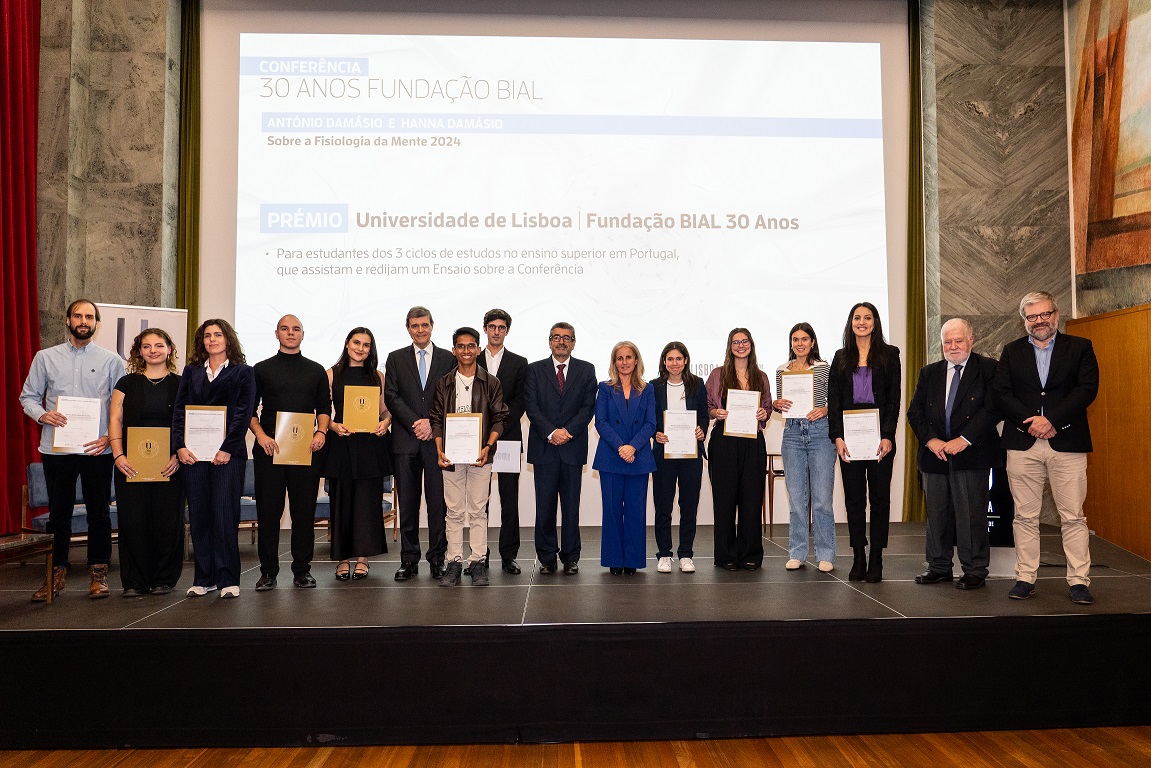
Award Universidade de Lisboa|Fundação BIAL 30 Years honours Medicine, Psychology and Philosophy students
Academic competition in António Damásio and Hanna Damásio lecture aims to stimulate students' capacity for reflection, interpretation, and critical analysis.
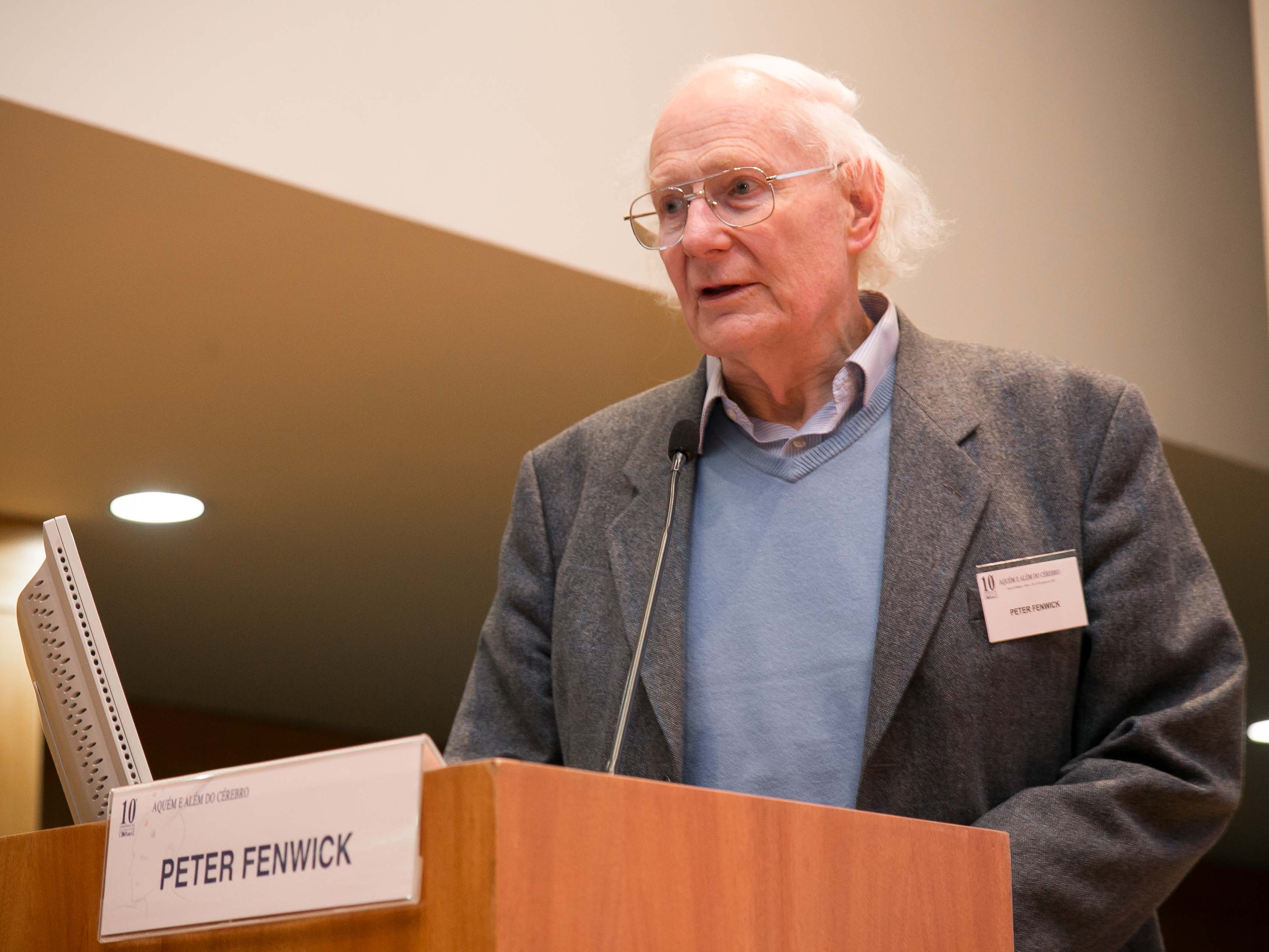
Prof. Peter Fenwick
The BIAL Foundation expresses profound sorrow on the passing of Prof Peter Fenwick, a unique figure in parapsychology worldwide, broadly awarded for his work on the process of death, including consciousness and near-death experiences.
Looking for collaboration

The quest of physiological markers for the experience of pain
Researcher: Elia Valentini - Department of Psychology & Centre for Brain Science, University of Essex Summary: The aim of this project is to improve measurement of the human experience of pain by investigating a combination of psychophysical and physiological responses during mild noxious stimulation. More specifically, we want to investigate how sensitive and specific to pain the brain oscillatory responses are. We use EEG as the main technique, but we are keen to collaborate with neuroscientists using fMRI, autonomic measures and brain stimulation as well as with computational neuroscientists. A clinical collaborator would also be very much welcome.

EEG investigation of hypnosis and decision-making
Researcher: Rinaldo Livio Perri - University Niccolò Cusano Rome, Italy Summary: I work in the field of hypnosis and cognitive neuroscience. In particular, I adopt the event-related potentials (ERPs) to investigate the effect of the hypnotic suggestions on sensory processing and cognitive performance. I am an expert in decision-making and proactive brain processes before the stimulus administration (e.g., the perceptual, prefrontal and premotor readiness during the expectancy stage). I could help colleagues to properly analyze the ERP signal in the pre-stimulus stage of processing. Also, I would be happy to share my EEG data for re-analyzing them in the frequency domain (e.g., wavelet or coherence analysis in the hypnosis research). Feel free to contact me for any question! More information on my papers: https://scholar.google.it/citations?user=-8e_V64AAAAJ&hl=it Possible collaborations: neuroscientist with experience in the EEG frequency analysis Email: perri.rinaldo@gmail.com

Transparent Psi Project - looking for collaborators
Summary: We are running a fully transparent, expert consensus-base multilab replication of Bem’s (2011) experiment 1. The project features state of the art methods to maximize transparency and study integrity. The study involves a computerized experiment taking about 20 minutes per session. Group testing is possible in a computer lab, no specialized equipment needed. Labs are expected to recruit at least 100 participants. Participants will be exposed to images with explicit erotic/sexual content in the experiment. No financial compensation is required for the participants. Data collection is expected to take place in the 2020 fall semester. Every material is provided for ethics/IRB submissions and data collection in English (translation of materials might be necessary by the collaborators). The study is pre-registered and the manuscript is accepted in principle for publication in the journal Royal Society Open Science. All collaborators who meet the minimum sample size criterion will get authorship on this paper reporting the results of the replication study. More information in the preprint: https://psyarxiv.com/uwk7y/ Indicate interest in the collaboration via the following form: https://tinyurl.com/tpp-labs With any question contact the lead investigator: Dr. Zoltan Kekecs, kekecs.zoltan@gmail.com

Cognitive control and learning
Researcher: Ignacio Obeso, Ph.D. / CINAC - HM Puerta del Sur Summary: The aim of our projects is to understand the behavioral and neural mechanisms used to learn how humans establish adaptive behaviour in changing contexts. More specifically, we want to decipher how stopping abilities are initially learned and later executed under automatic control. We use task-related fMRI, brain stimulation and clinical models to test our predictions in laboratory settings as well as online home-based paradigms. Possible collaborations: computational scientist Email contact: i.obesomartin@gmail.com https://iobesomartin.wixsite.com/cognitivecontrol
Find here some links to other Foundations, Organizations, Societies and more that you might be interested in.
- BrainFacts.org
- Cognitive Neuroscience Society
- Dana Foundation
- European Brain Council
- European Society for Cognitive and Affective Neuroscience (ESCAN)
- Federation of European Neuroscience Societies (FENS)
- Human Brain Project
- IANDS International Association for Near-Death Studies
- Institut Métapsychique International (IMI)
- Instituto de Psicologia Paranormal
- International Behavioral Neuroscience Society (IBNS)
- International Brain Research Organization
- IONS Institute of Noetic Sciences
- Kavli Foundation
- Koestler Parapsychology Unit
- Open Sciences
- Organization for Human Brain Mapping (OHBM)
- Parapsychological Association
- Psi Encyclopedia
- Rhine Research Center
- Sociedade Portuguesa de Neurociências
- Sociedade Portuguesa de Neurologia
- Society for Neuroscience
- Society for Psychical Research
- Society for Scientific Exploration (SSE)
- World Federation of Neurology

